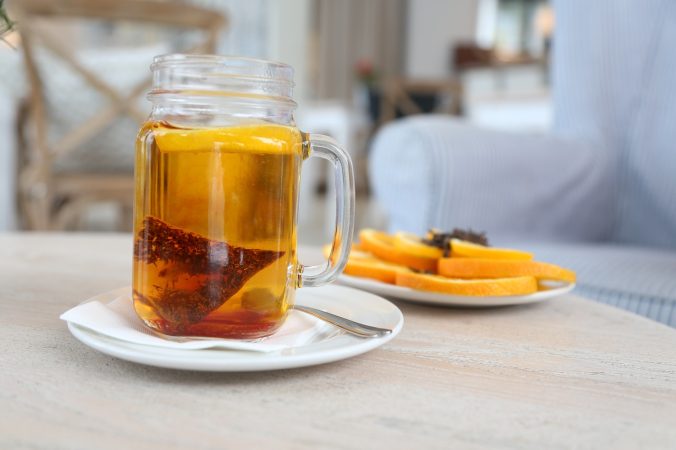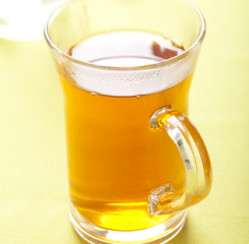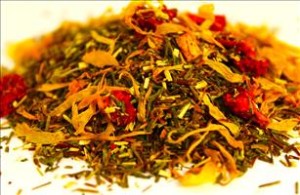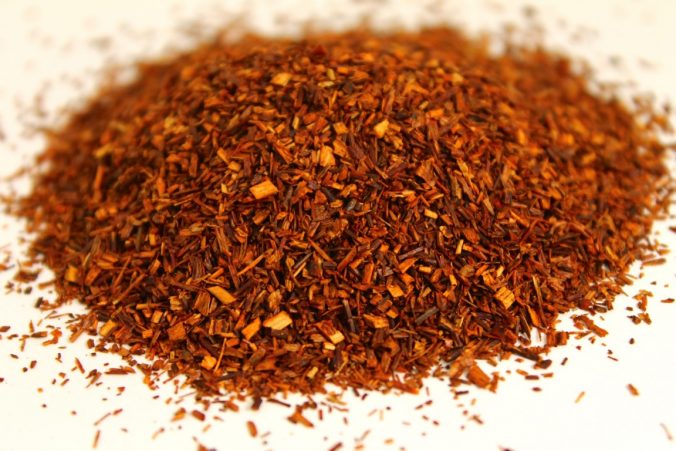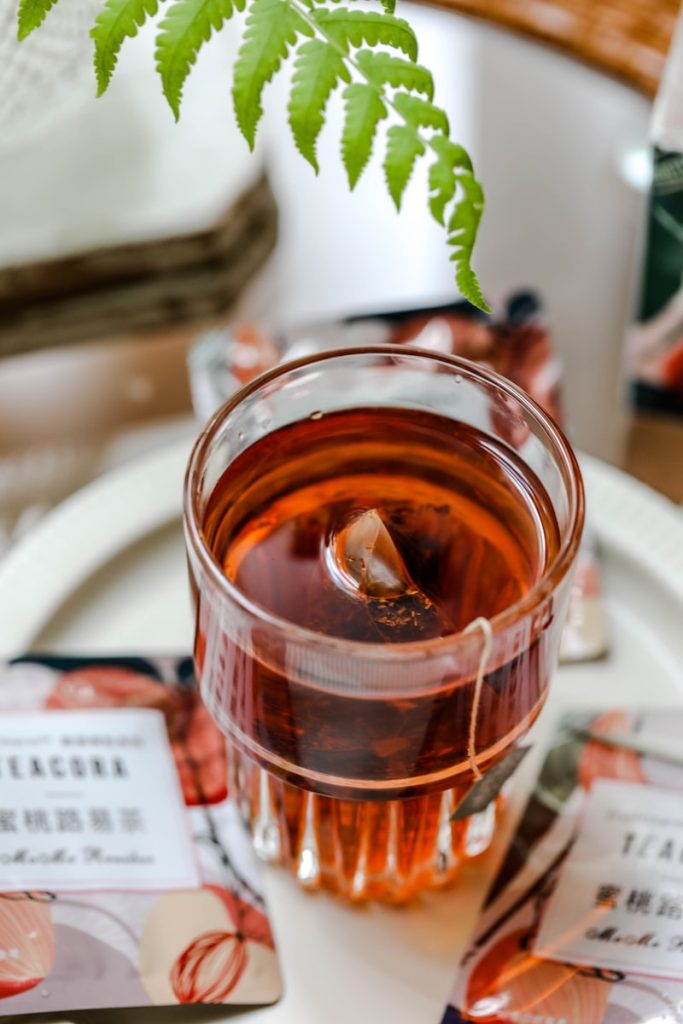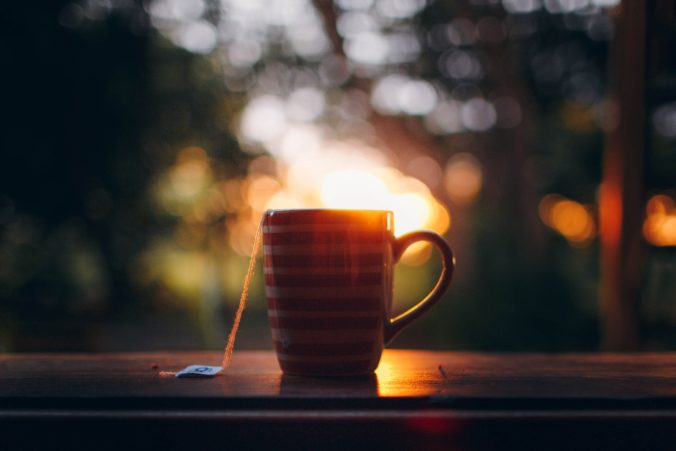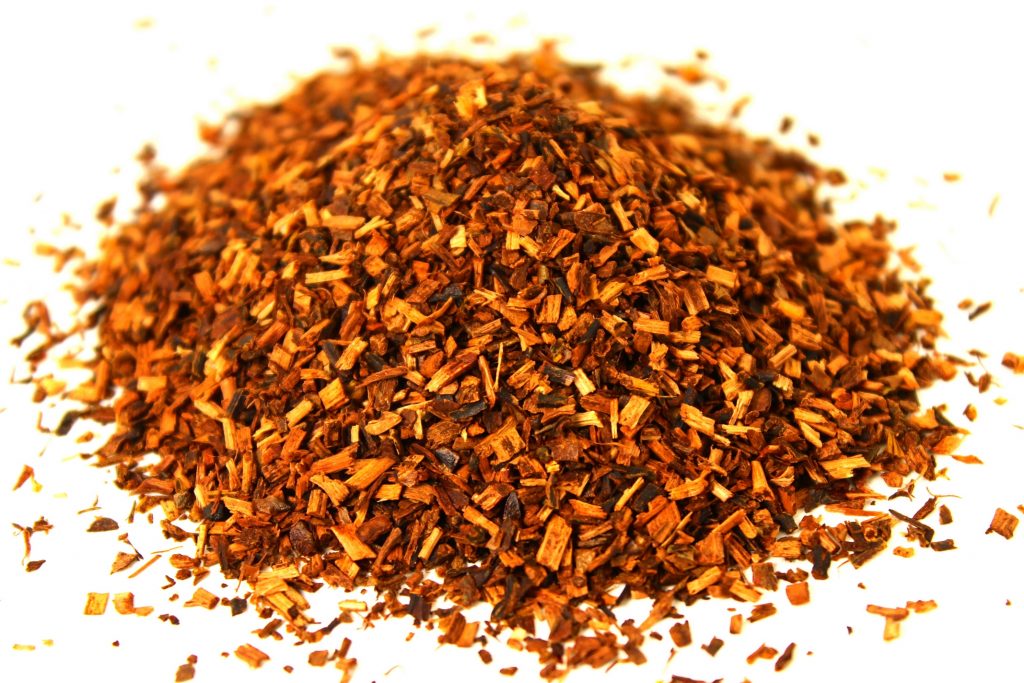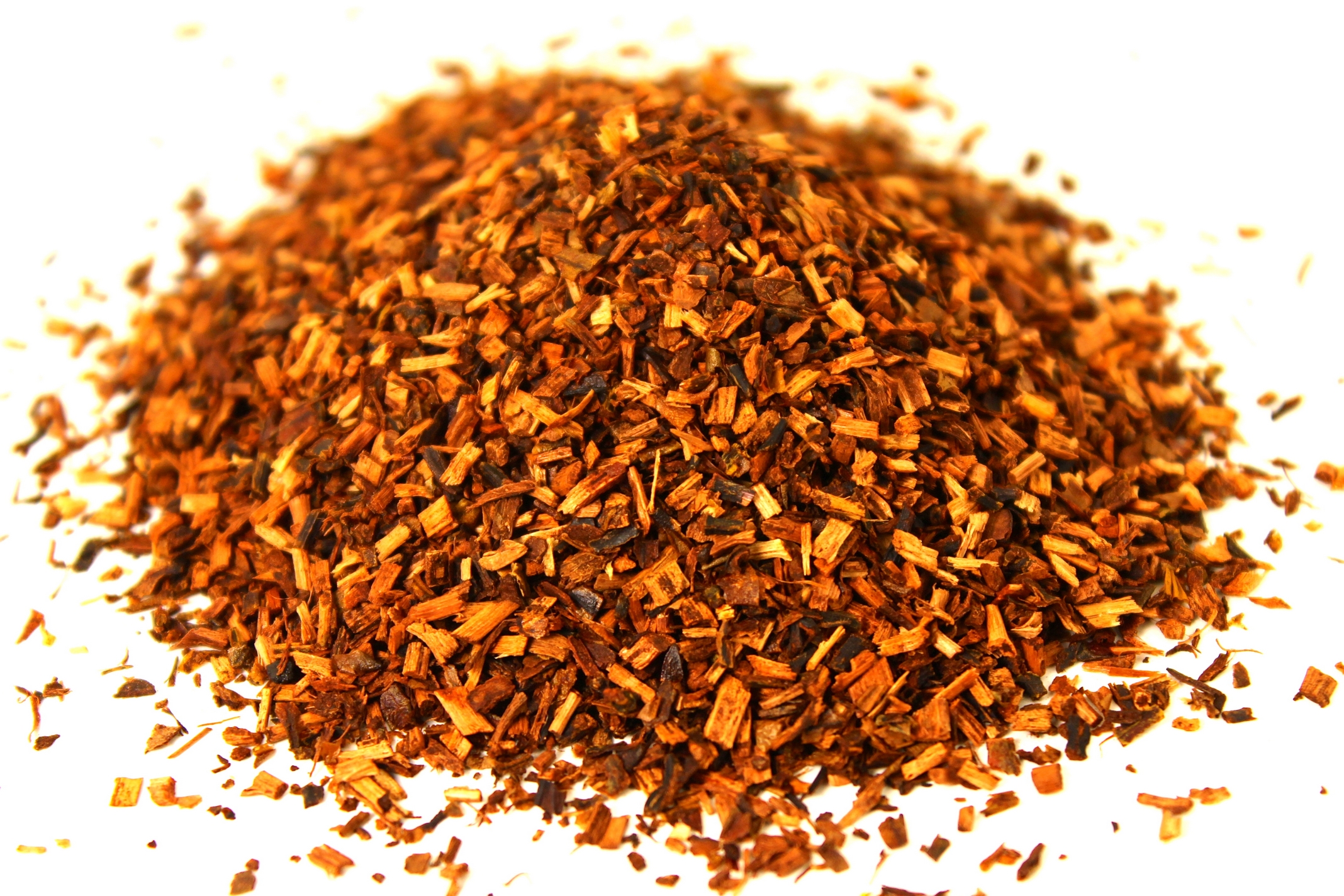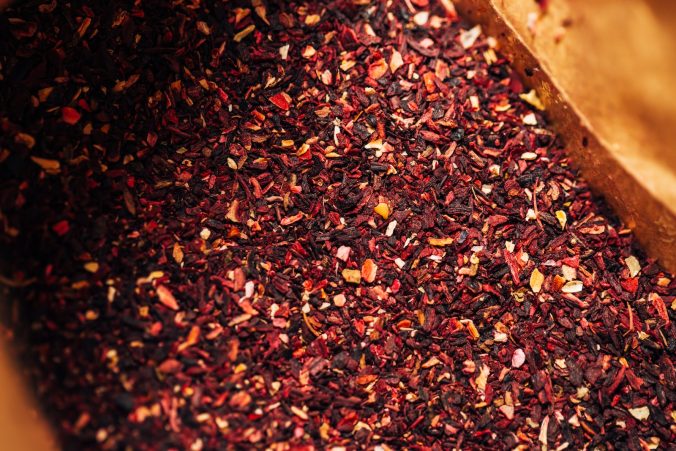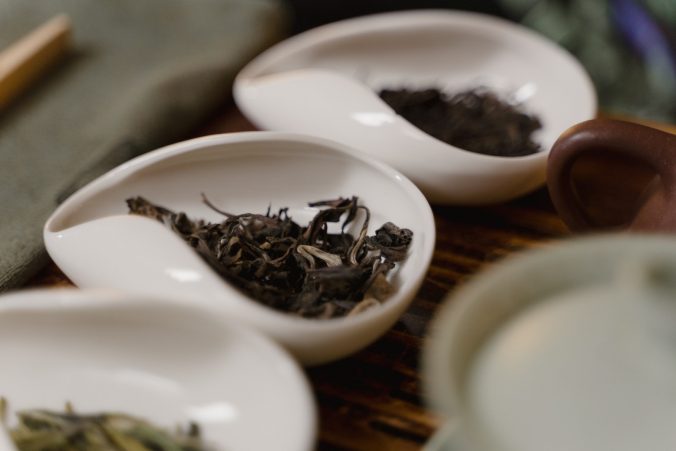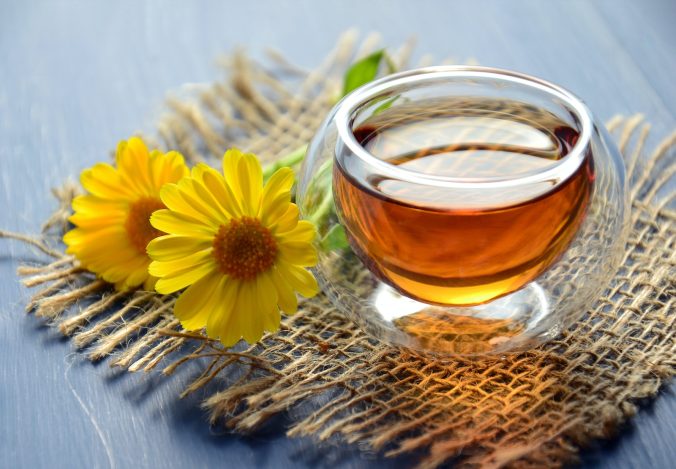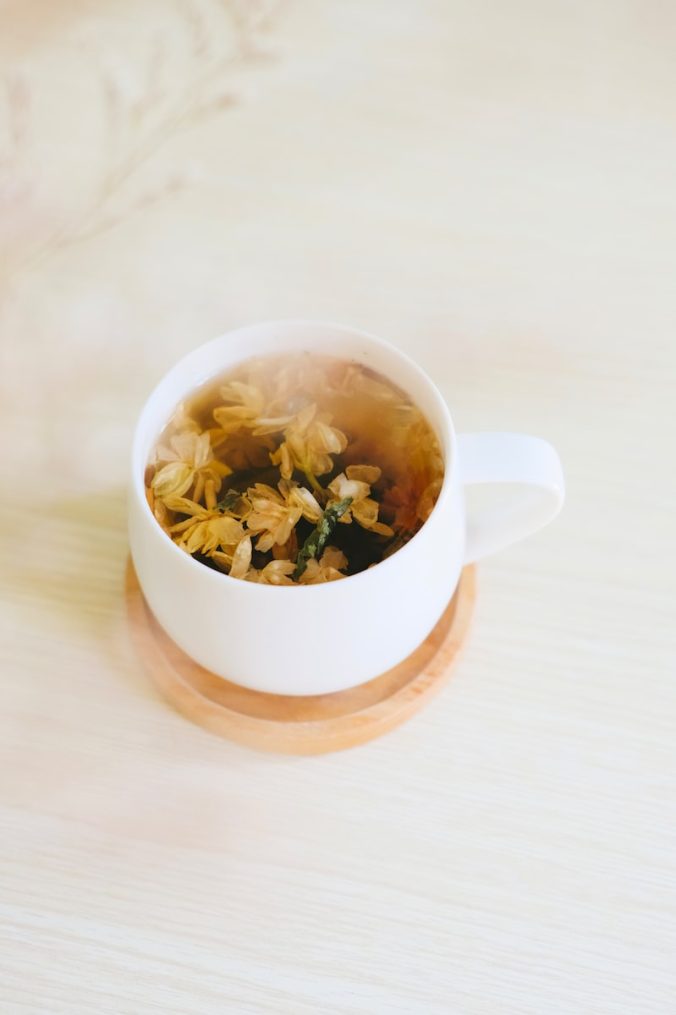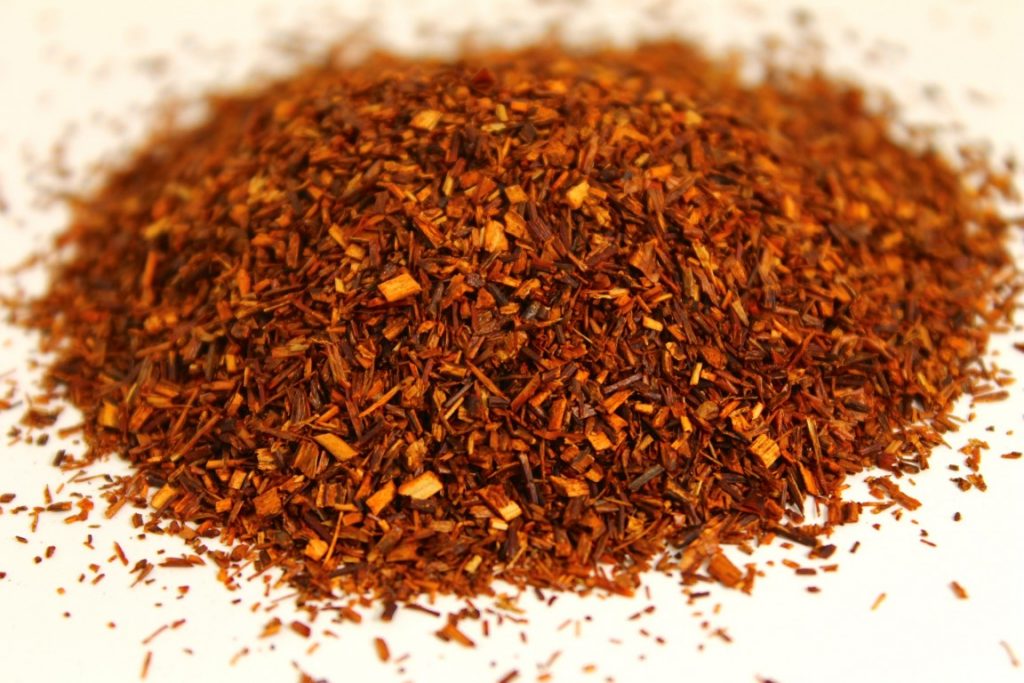Table of Contents
- Introduction
- Rooibos and caffeine
- Rooibos and its benefits
- Rooibos and pregnancy
- Rooibos and its lack of caffeine
- Conclusion
Introduction
What is Rooibos and why should I even think about it when I think of what my next cuppa tea is going to be? If you have, or maybe if you haven’t had that thought before, then don’t worry as you are not alone. Rooibos is making a strong surge in popularity in the brewed drink arena and for good reason. Listed below are some cool facts about roobios, a bit of info about the drink itself and other things about this new bush making a lot of noise in the traditionally quieter mid day tea world.
Rooibos and caffeine
The first thing that we will get right to the point about is the rooibos caffeine discussion as this is a very popular one that often comes up. I will say it right now that Rooibos does not have any caffeine in it. If you don’t believe me, then check the almighty Wikipedia here: https://en.wikipedia.org/wiki/Rooibos with the specific quote being “Rooibos is becoming more popular in Western countries, particularly among health-conscious consumers, due to its high level of antioxidants such as aspalathin and nothofagin, its lack of caffeine” This is why many women will turn to rooibos when they are pregnant. To find out more info about rooibos and pregnancy just take a look at these posts we have put up in the past:
Rooibos and its benefits
So now that we have gotten that out of the way we can talk about why it is good that roobios does not have any caffeine in it. The first, and what I think is the best thing about roobios, is that you can have it at any time of the day or night. I love a strong black tea but sometimes just before bed it just doesn’t suite the situation very well. This is where roobios comes in to save the day as I can enjoy it an hour, 15 minutes, or 45 minutes before I want to go to bed without any worry of staying up once that caffeine boost kicks in.
Rooibos and pregnancy
Another reason that roobios has really started to gain traction in the rest of the world is due to its appeal to pregnant woman. I was unaware but during pregnancy caffeine intake is supposed to be on the lower side as complications can occur, so a lot of woman have been choosing roobios when they are pregnant. That’s why you can check out our article here for the info you need tea for two?
Rooibos and its lack of caffeine
So now that we know the coolest thing about roobios, and its lack of caffeine, let’s get some more info on the drink that comes from brewing up roobios. The drink is typically a nice red color, which is the result of processed roobios being steeped with hot water. Recently there has been new blends including green roobios, which like its green tea counterpart, is a less processed version of the plant. In this article we will focus on the red variant and maybe in the future talk about green roobios a bit more in depth. This is why tea and pregnancy are things that you must keep an eye out for.
Conclusion
The drink that is brewed up is a nice red color with a natural taste to it. I am not going to imply that it is a drink that tastes like dirt; however you will notice a distinct flavor that reminds me of a less processed black tea leaf. The flavor is rawer and more open, which is something that really doesn’t give a very good idea of how it tastes. I think that for you to get a full appreciation of roobios you must really try it for yourself. If you don’t you will never know what you are missing out on!
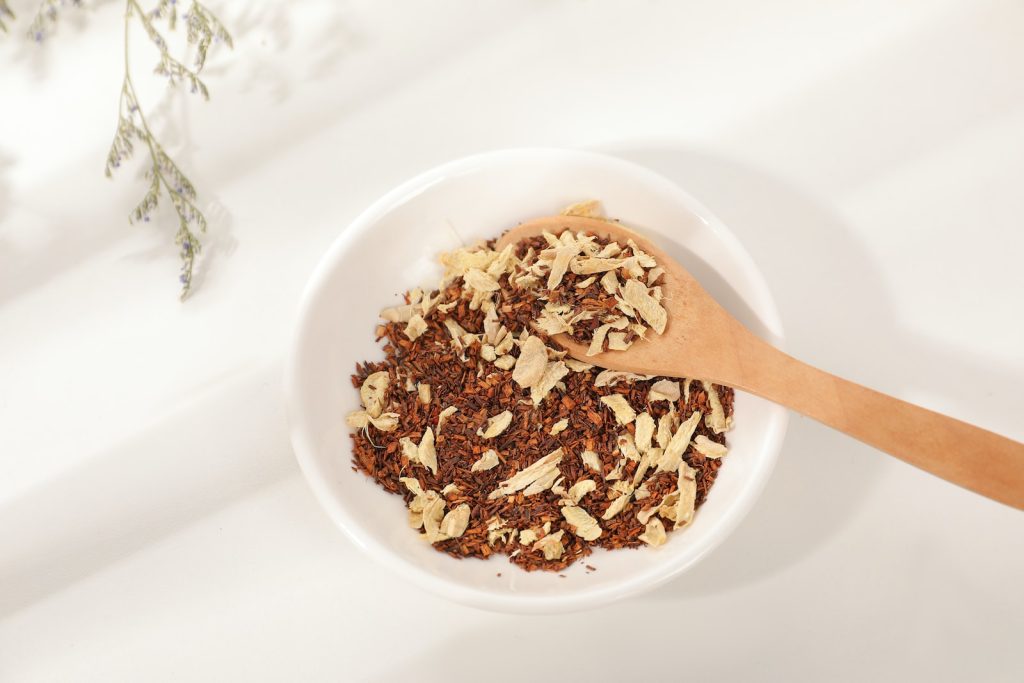
Overall roobios is a great addition to any tea collection, even though it is not a true tea itself. It is a great pre drink or iced option whenever you need to take a break from your usual favorites. Make sure you check out our other great article if you are looking for more info drinking tea while you are pregnant
